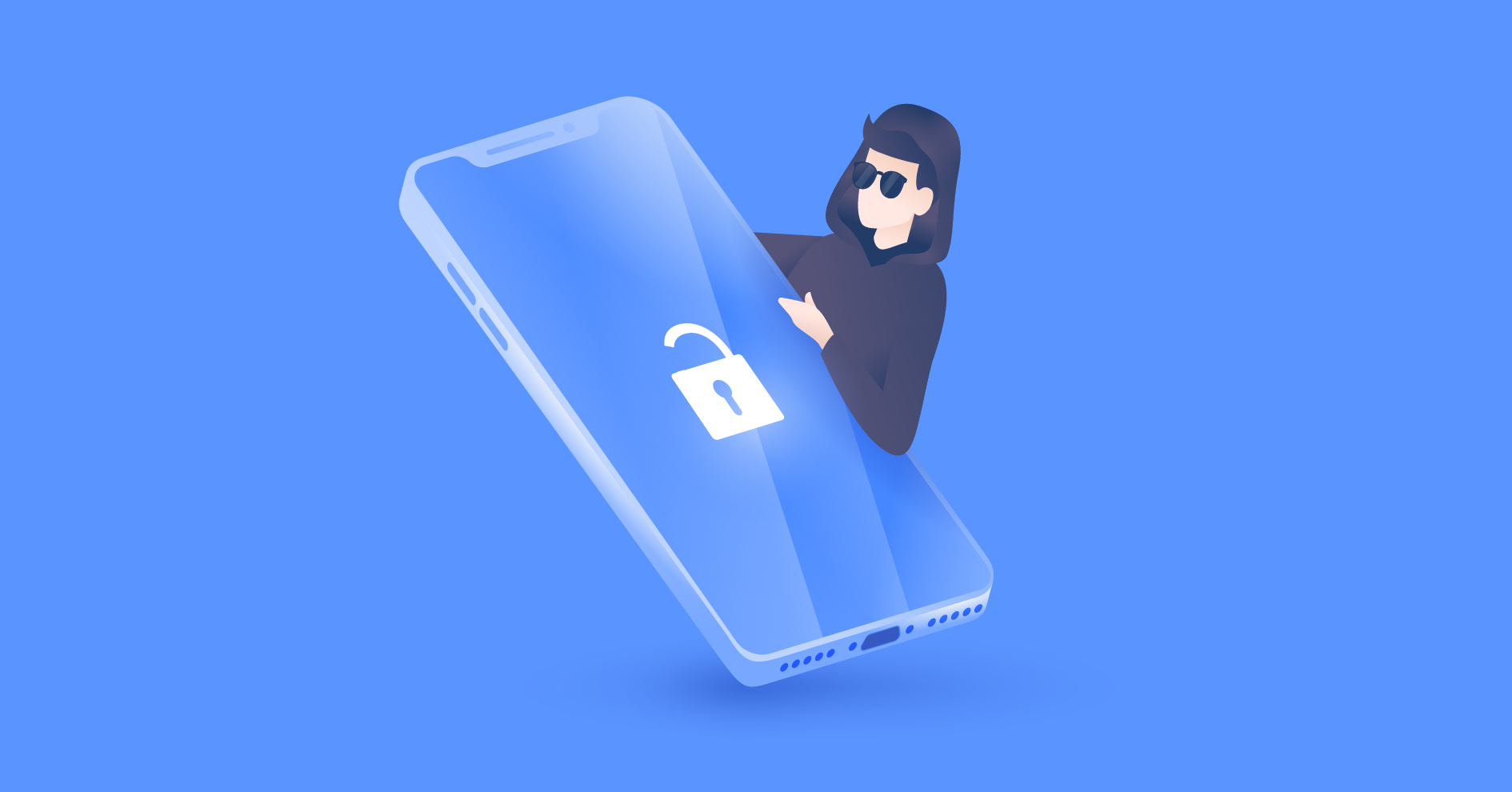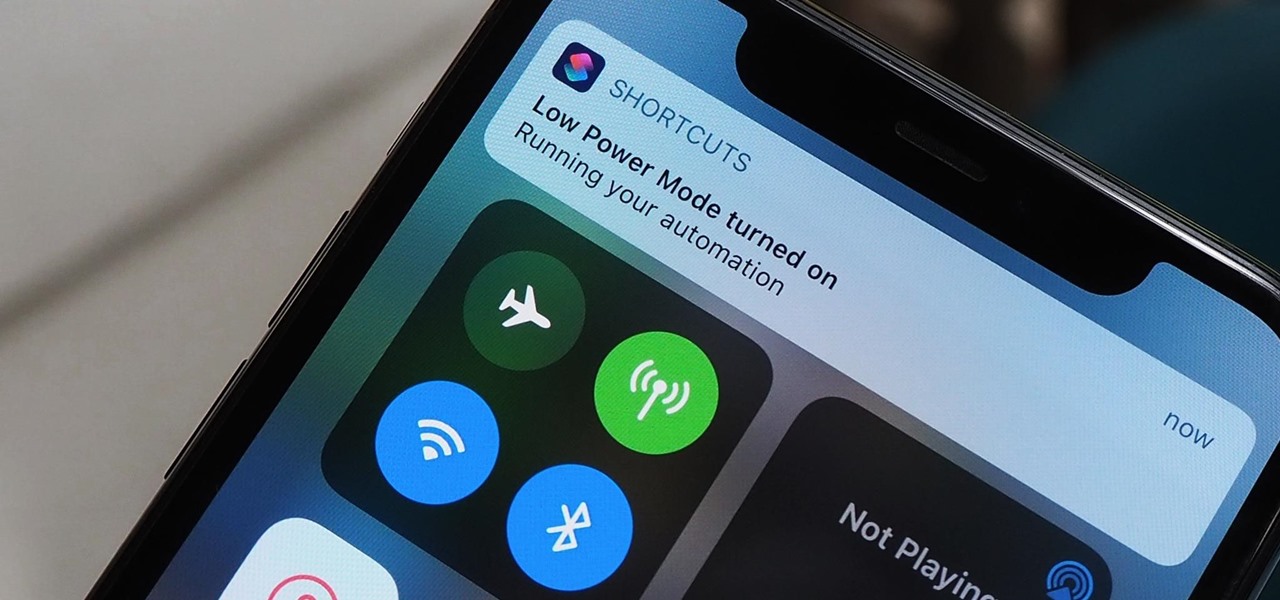Have you ever left your iPhone unattended, only to realize later that someone has accessed your personal information? It’s a chilling thought, but one that can easily be prevented by taking essential security measures.
Locking the screen on your iPhone is a simple yet crucial step in safeguarding your sensitive data from prying eyes. In this discussion, we will explore the importance of securing your personal information, the benefits of locking your iPhone screen, and easy steps you can take to ensure the privacy of your device.
Stay tuned to discover additional security measures that you might not have considered yet. Your personal data deserves the utmost protection, and we’re here to show you how.
Importance of Locking Your Iphone Screen
Locking your iPhone screen is of utmost importance to ensure the security and privacy of your personal information. With the advancement of technology, our smartphones have become an integral part of our lives, containing a wealth of sensitive data such as personal photos, emails, and financial information. Failing to lock your iPhone screen leaves it vulnerable to unauthorized access, putting your personal information and privacy at risk.
By locking your iPhone screen, you prevent unauthorized individuals from gaining access to your device. This is particularly crucial in situations where you may misplace or lose your phone. With a locked screen, anyone who finds your iPhone will be unable to access your personal data, ensuring that your information remains safe and secure.
Furthermore, locking your iPhone screen adds an extra layer of security in case of theft. In the unfortunate event that your phone is stolen, a locked screen acts as a deterrent, making it difficult for thieves to access your personal information. This can help protect your identity, financial accounts, and sensitive data from falling into the wrong hands.
Benefits of Securing Your Personal Data
Securing your personal data is essential for safeguarding your sensitive information and protecting your privacy. By taking the necessary steps to secure your personal data, you can enjoy several benefits.
First and foremost, securing your personal data helps prevent unauthorized access to your sensitive information. With the increasing prevalence of cybercrime, it’s crucial to ensure that your personal data remains confidential and inaccessible to hackers and identity thieves. By implementing security measures such as locking your iPhone screen, you can significantly reduce the risk of your personal data falling into the wrong hands.
Furthermore, securing your personal data enhances your online privacy. With the vast amount of personal information stored on our smartphones, including contacts, messages, and social media accounts, it’s imperative to protect this data from prying eyes. By locking your iPhone screen, you can prevent unauthorized individuals from accessing your private information, ensuring that your online activities remain confidential.
Lastly, securing your personal data gives you peace of mind. Knowing that your sensitive information is protected provides a sense of security and reduces the risk of potential identity theft or fraud. By taking proactive measures to secure your personal data, you can go about your daily activities without constantly worrying about the safety of your information.
Easy Steps to Lock Your Iphone Screen
To lock your iPhone screen, you have two options: setting a password or passcode, or using biometric authentication.
Setting a password or passcode is a simple way to protect your device from unauthorized access.
Biometric authentication, such as Touch ID or Face ID, offers a more convenient and secure way of locking your screen.
Both options ensure that your personal data stays safe and secure.
Password or Passcode?
You can easily lock your iPhone screen by setting a password or passcode. Both options provide security for your device, but they have slight differences.
A password typically consists of a combination of letters, numbers, and special characters, while a passcode is usually a numeric code. When choosing between the two, consider your preference and how easily you can remember the code.
If you have trouble remembering complex passwords, a passcode might be a better option for you. However, keep in mind that passcodes are generally less secure than passwords because they have fewer possible combinations.
Whichever option you choose, make sure to set a strong and unique password or passcode to protect your iPhone from unauthorized access.
Biometric Authentication
Have you ever wondered how to easily lock your iPhone screen using biometric authentication? Well, you’re in luck!
Biometric authentication is a convenient and secure way to protect your device. With features like Touch ID or Face ID, you can unlock your iPhone with just a simple touch or glance.
To enable biometric authentication, go to your device’s Settings, then tap on ‘Face ID & Passcode’ or ‘Touch ID & Passcode’, depending on your iPhone model. Next, follow the on-screen instructions to set up your biometric authentication.
Once enabled, you can use your fingerprint or face to unlock your iPhone and authorize purchases. It’s a quick and hassle-free way to secure your device and keep your personal information safe.
Give it a try today!
Setting up a Passcode for Added Security
To ensure the utmost security for your iPhone, it’s crucial to set up a passcode. A passcode acts as a barrier to protect your personal information from unauthorized access.
In order to maximize the effectiveness of your passcode, it’s important to follow passcode best practices.
Passcode Importance
Setting up a passcode for added security is an essential step in protecting your iPhone. Your passcode is like a lock that keeps unauthorized users from accessing your personal information. Without a passcode, anyone who gets hold of your iPhone can easily access your emails, messages, photos, and even your financial accounts.
By setting up a passcode, you ensure that only you have access to your device. It adds an extra layer of protection against potential threats and keeps your sensitive data secure. When choosing a passcode, make sure it’s unique and not easily guessable. Avoid using common combinations like ‘1234’ or ‘0000.’
Setting up Passcode
When ensuring the security of your iPhone, one crucial step is setting up a passcode for added protection against unauthorized access.
To set up a passcode, go to your iPhone’s settings and select ‘Touch ID & Passcode’ or ‘Face ID & Passcode’ depending on your device. Then, tap on ‘Turn Passcode On’ and enter a secure four or six-digit passcode. You can also choose a custom alphanumeric passcode for even stronger security. Remember to avoid easily guessable passcodes like ‘1234’ or ‘0000.’
Additionally, enabling the ‘Erase Data’ option will erase all data on your iPhone after ten failed passcode attempts. This adds an extra layer of protection, ensuring your personal information remains secure.
Passcode Best Practices
Enhance the security of your iPhone by implementing best practices for setting up a passcode.
When choosing a passcode, opt for a combination that isn’t easily guessable, such as a combination of numbers, letters, and symbols. Avoid using common passwords like ‘1234’ or ‘password.’
It’s also recommended to use a longer passcode, ideally six or more characters, to increase the complexity.
Additionally, enable the option to erase all data on your iPhone after ten failed passcode attempts. This will prevent unauthorized access and protect your personal information in case of theft.
Remember to regularly change your passcode and never share it with anyone.
Utilizing Touch ID or Face ID for Quick Access
To quickly access your iPhone, utilize the convenience of Touch ID or Face ID. These biometric authentication features not only make unlocking your device faster and easier, but also provide an additional layer of security.
With Touch ID, simply place your finger on the home button to unlock your iPhone. This technology uses a sensor to analyze your fingerprint and match it with the stored data.
On the other hand, Face ID uses facial recognition to unlock your device. By simply looking at the front-facing camera, your iPhone will authenticate your face and grant you access. Both Touch ID and Face ID are incredibly accurate and secure, as they rely on unique physical characteristics that are difficult to replicate.
In addition, you can also use these features to make secure and convenient purchases with Apple Pay. To set up Touch ID or Face ID, go to your iPhone’s Settings, navigate to the Face ID & Passcode or Touch ID & Passcode section, and follow the on-screen instructions.
Additional Security Measures to Consider
Consider implementing additional security measures to further protect your iPhone.
While locking the screen is a crucial step, there are other precautions you can take to enhance the security of your device. One important measure is to enable two-factor authentication. This adds an extra layer of security by requiring a verification code in addition to your password when signing in to your Apple ID. By enabling this feature, you can ensure that even if someone manages to obtain your password, they won’t be able to access your account without the verification code.
Another security measure you should consider is regularly updating your iPhone’s software. Apple regularly releases updates that address security vulnerabilities and provide patches for potential exploits. By keeping your device up to date, you can benefit from the latest security enhancements and minimize the risk of unauthorized access. Additionally, it’s advisable to be cautious when downloading apps from third-party sources. Stick to trusted app stores like the Apple App Store, as they have strict security measures in place to prevent the distribution of malicious software.
Lastly, consider enabling the ‘Find My iPhone’ feature. This feature allows you to locate your device if it’s lost or stolen. It also enables you to remotely wipe your iPhone’s data to prevent unauthorized access.
Frequently Asked Questions
Can I Still Receive Phone Calls and Notifications When My Iphone Screen Is Locked?
Yes, you can still receive phone calls and notifications when your iPhone screen is locked. This allows you to stay connected and informed without compromising the security of your device.
Are There Any Potential Drawbacks to Constantly Locking My Iphone Screen?
Locking your iPhone screen constantly may lead to potential drawbacks such as missing important calls and notifications. It’s important to balance security with accessibility to ensure you don’t miss out on important information.
Can I Customize the Length of Time It Takes for My Iphone Screen to Automatically Lock?
Yes, you can customize the length of time it takes for your iPhone screen to automatically lock. Go to Settings, select Display & Brightness, and then tap Auto-Lock to choose your desired time.
What Should I Do if I Forget My Passcode for Unlocking My Iphone Screen?
If you forget your passcode for unlocking your iPhone screen, you can use the “Forgot Passcode” option to reset it. However, this will erase all your data, so make sure you have a backup.
Are There Any Alternative Methods to Lock My Iphone Screen Apart From Using a Passcode, Touch ID, or Face ID?
You can use the AssistiveTouch feature on your iPhone to lock the screen. Just go to Settings, Accessibility, and turn on AssistiveTouch. Then, tap the AssistiveTouch button and select Lock Screen.
Conclusion
In conclusion, locking your iPhone screen is an essential security measure that helps protect your personal data. By setting up a passcode and utilizing Touch ID or Face ID, you can ensure quick and convenient access while keeping your information safe from unauthorized access.
Remember to consider additional security measures to further enhance the protection of your device and maintain your privacy. Stay vigilant and take these simple steps to safeguard your iPhone.



